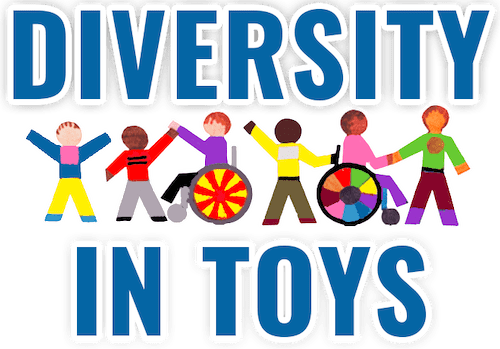The Importance of Early Childhood Stimulation
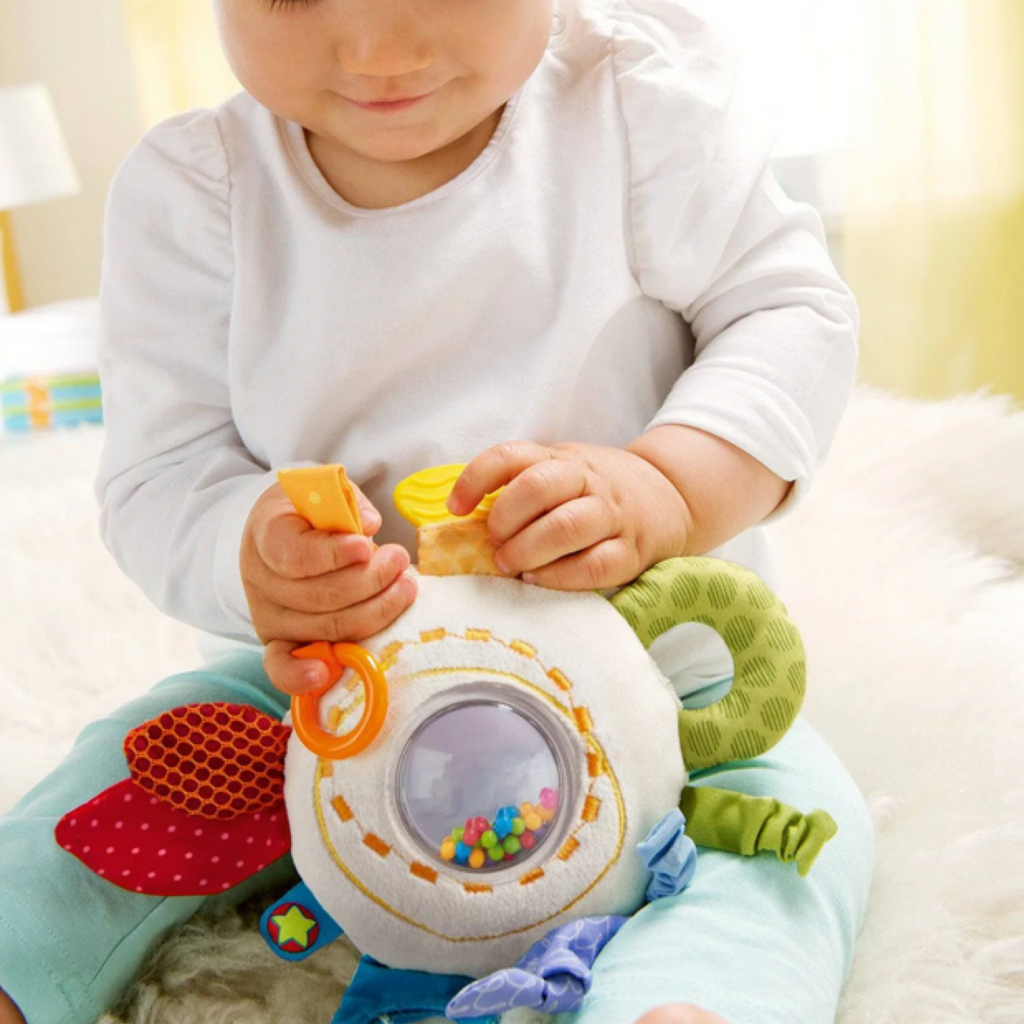
If your child isn’t yet school-aged, here are ways to provide the stimulus they need for healthy development.
Young children are constantly grabbing, looking, feeling, teething – and no surprise! Their brains are nonstop data processing machines. Early childhood is a stage of unparalleled development. A newborn’s brain develops 2-3 million synapses each second. A baby’s brain doubles in size its first year, and grows to 80% of its adult size by age 3. By age 5, their brain is at 90% its adult size. Wow!
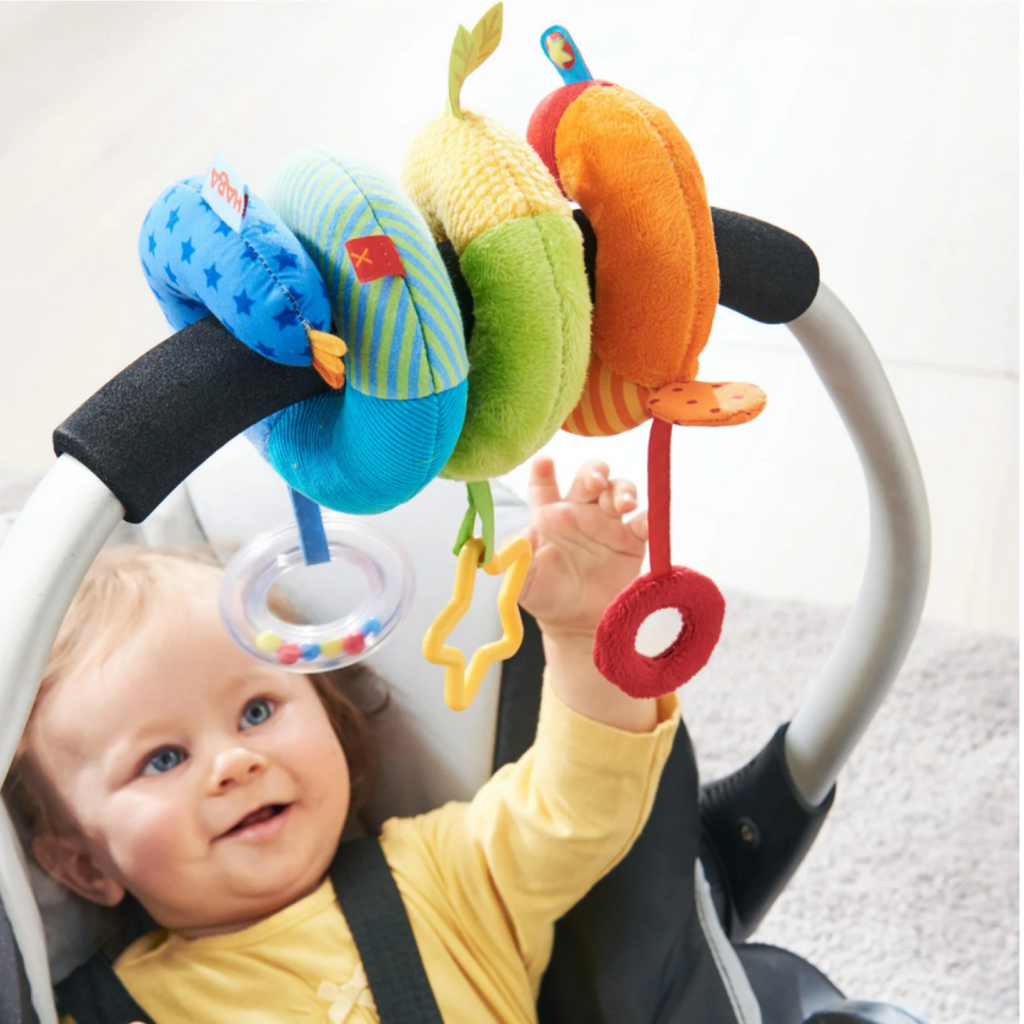
While many social and cognitive skills are learned later, early years are crucial for establishing the brain connections that support subsequent learning. Many of the neural pathways formed in a child’s first year are used into adulthood. These sensory pathways impact several higher-level skills like motivation, self-regulation, problem solving, and communication.
A young child picks up a lot of stimulation simply by observing the world around them. However, a caretaker of an infant (0-1 year) or young child (1-3 years) can aid brain formation by introducing steady, deliberate stimulus into their child’s daily schedule.
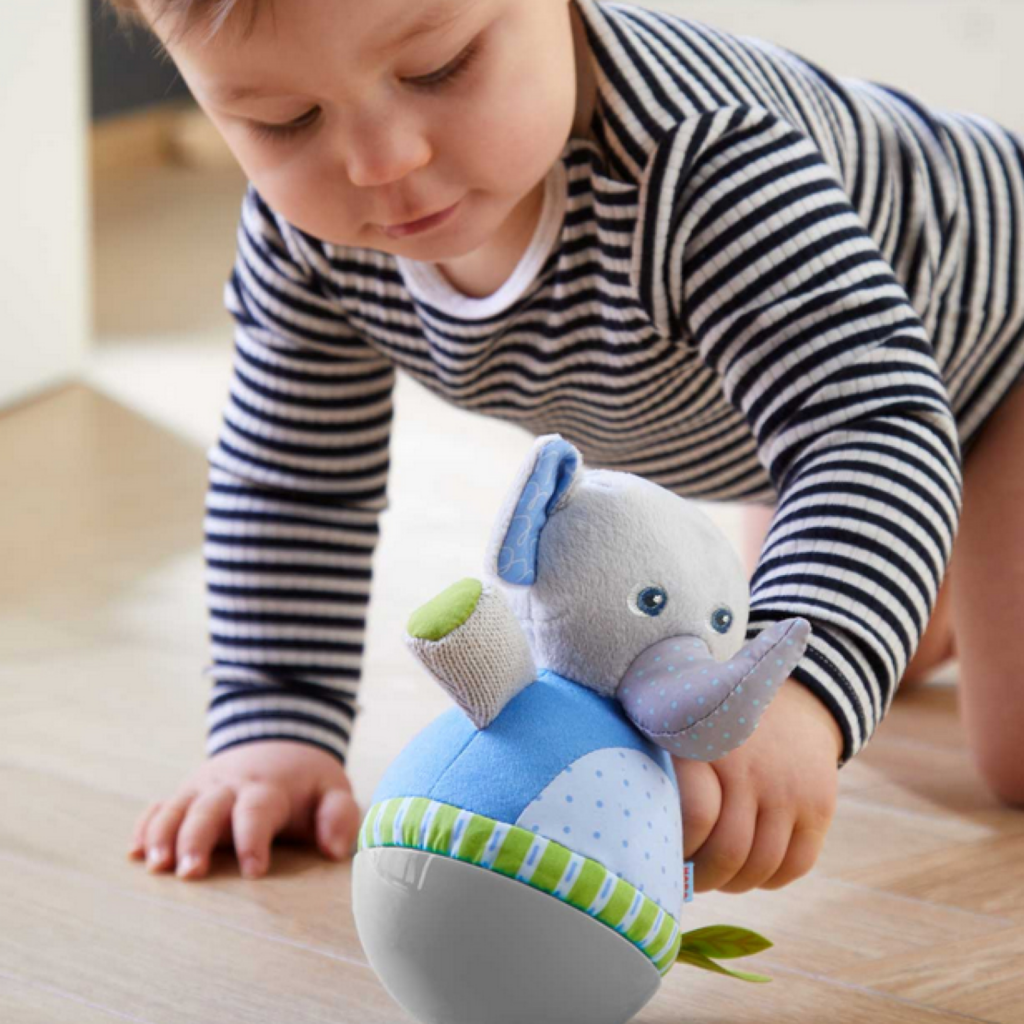
What type of stimulation does a young child’s brain need?
The biggest question for a caretaker of a small child is what type of stimulation is most important for early childhood development. Young brains do not process sensory information the way an adult’s does. There is a lot that they are not yet equipped to handle.
In fact, a baby’s sensory systems all develop at different rates. A child ends up with five different senses working at different levels from the time of birth. Talk about overload! Gentle stimulation is key to building up a child’s sensory processing.
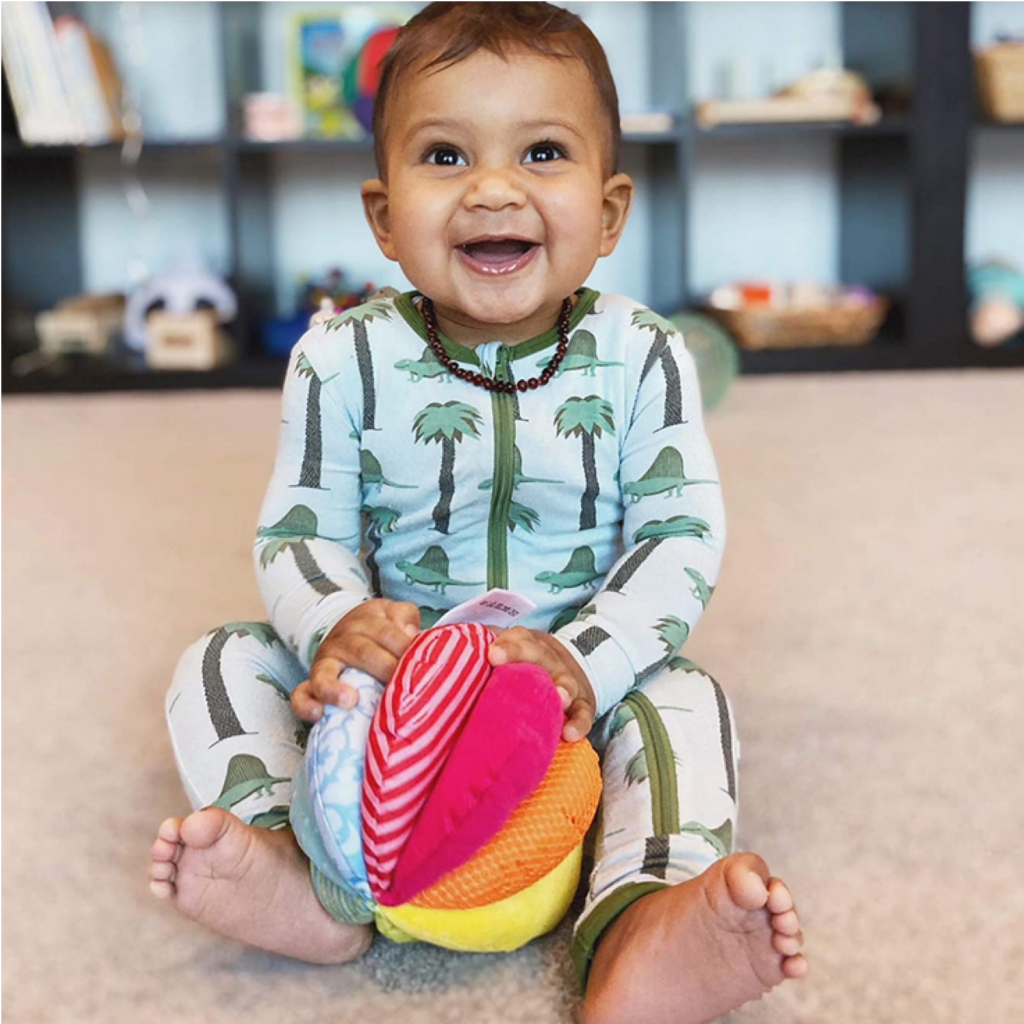
The order of sensory development is roughly tactile, full-bodied or balance (vestibular), smell and taste (called the “chemical” senses), auditory, and visual. Some of these senses begin developing early in fetal development. A baby relies on its sense of smell and taste as soon as they are born. Visual skills like depth perception, however, don’t fully develop for several months.
An individual child’s rate of development may vary. However, this order can provide a roadmap for caretakers wondering what types of sensations are helpful or too advanced for their child.
How can a caretaker provide early childhood stimulation?
Early childhood stimulation can be achieved with some simple interventions. The best way to stimulate your child is with direct adult-to-child interaction. Pick up and carry your infant when you’re able. Talk or sing to them using different tones and vocabulary so that their brains start to process differences in sound. Respond when your infant reaches out or calls so that they learn the interdependence of their actions and your reaction.
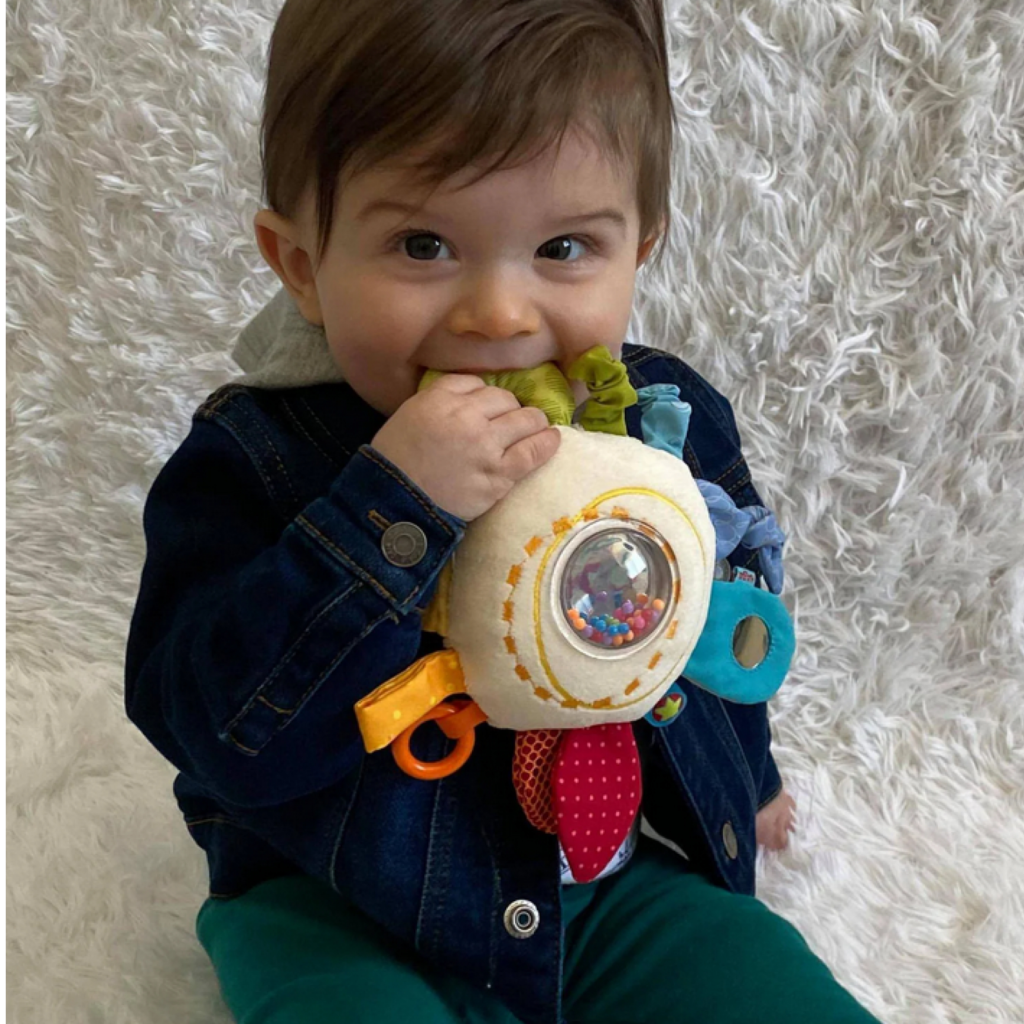
You can provide greater stimulation by introducing specific sensory experiences to your child at the level they are able to process. Early childhood products offer varied but gentle sensory stimulations:
- Textured toys and safe teething instruments let infants explore the world around them with their hands and highly sensitive mouths.
- Brightly colored objects help refine a child’s ability to distinguish shades.
- Toys that move help children practice tracking and focusing with their eyes.
- Objects that provide soft noises, crinkles, or rattles train a child’s ear to accept a variety of sounds.
- Hanging toys that dangle just out of a baby’s reach help them develop depth perception. They also encourage babies to engage their grasping and reaching muscles.
